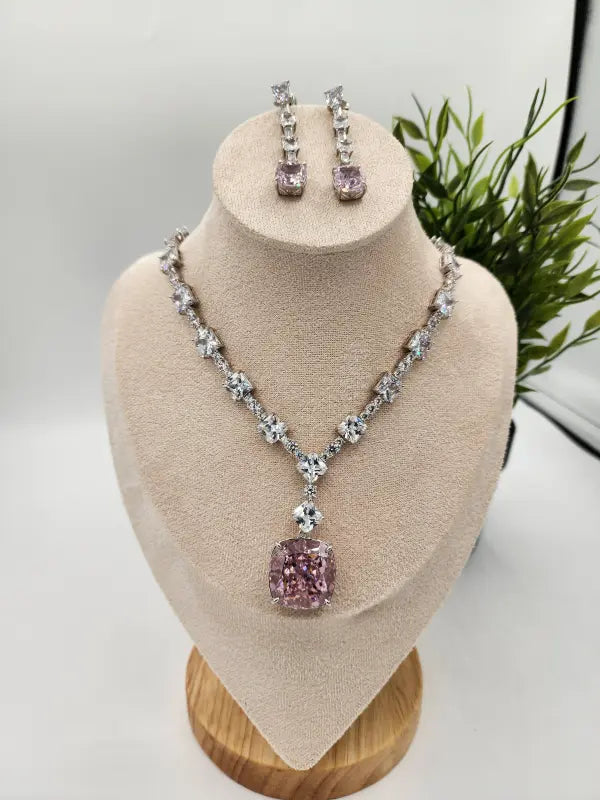Kutch, a district in Gujarat, India, is a land where tradition and craftsmanship have flourished for centuries. Home to a wide variety of nomadic and semi-nomadic communities, Kutch is renowned for its diverse and intricate textile crafts. These communities, each with their unique heritage, have contributed to a rich tapestry of designs and techniques, which have evolved and mingled over time to create a distinctive aesthetic. Among the many celebrated crafts of Kutch—such as weaving, embroidery, Bandhani (tie-dye), Batik, and block printing—one stands out for its cultural significance and artistry: the Kutchi Patchwork Quilt, locally known as “Dhadkis.”
The Legacy of Dhadkis: A Craft Spanning Centuries

The craft of making Dhadkis has been passed down through generations, with its roots stretching back 400 to 500 years. These quilts are not only functional items, used to provide warmth during the cold desert winters, but they also hold deep cultural and social significance. In Kutch, Dhadkis are more than just quilts; they are symbols of heritage, pride, and status. They play a vital role in the social fabric of the region, especially during marriage ceremonies, where newlywed brides are gifted these exquisite quilts. The craftsmanship and detail in a quilt reflect the skill and tradition of the family, making them treasured heirlooms.
Crafting a Dhadki: The Art of Appliqué and Patchwork
The art of creating a Kutchi Patchwork Quilt is traditionally undertaken by older women in the community. As they age, their ability to execute the fine, intricate embroidery that Kutch is famous for diminishes. Instead, they turn their attention to the more tactile craft of patchwork and appliqué, which requires a different set of skills. The creation of a Dhadki involves two primary techniques: patchwork and appliqué.
Patchwork is the foundation of the quilt, where scraps of fabric are pieced together in a specific pattern to create the base textile. These scraps are often remnants from old cotton saris or veils, giving new life to materials that might otherwise have been discarded. The base fabric is typically thinner than the pieces used for appliqué, allowing the latter to stand out.
Once the base is complete, the appliqué work begins. Here, fabrics are meticulously cut into various shapes and motifs, such as trees, houses, animals, and mythological figures. These shapes are then carefully arranged and stitched onto the base, forming elaborate designs and scenes. The final step in the process involves mounting the quilt with a border, which adds a finishing touch and enhances the durability of the quilt.
Cultural Significance and Sustainability

Kutchi Patchwork Quilts are more than just beautiful textiles; they are a testament to the region's resourcefulness and commitment to sustainability. The craft of Dhadki-making exemplifies how the people of Kutch have long practiced a form of upcycling, turning fabric scraps into something valuable and long-lasting. This approach not only reflects the frugality and practicality of the region's inhabitants but also their deep respect for materials and tradition.
Moreover, the patchwork quilt is a powerful symbol of the cultural melting pot that Kutch represents. Just as the various fabric pieces come together to form a cohesive and vibrant quilt, the diverse communities of Kutch have blended over time, creating a unique and unified cultural identity. Each quilt tells a story, not just through its motifs and designs, but through the very fabric that composes it—each piece representing a different aspect of Kutch's rich cultural mosaic.
The Future of Kutchi Quilts
As modernity encroaches on traditional crafts, there is a growing movement to preserve and promote the art of Kutchi Patchwork Quilts. Artisans and cultural organizations are working to ensure that this centuries-old craft continues to thrive, not only as a means of livelihood but also as a way to keep the cultural heritage of Kutch alive. These quilts, with their intricate designs and deep cultural significance, are not just functional items—they are pieces of living history, carrying forward the stories and traditions of Kutch into the future.
FAQs on Kutchi Patchwork Quilts
-
What is a Kutchi Patchwork Quilt?
A Kutchi Patchwork Quilt, also known as “Dhadki,” is a traditional quilt made in the Kutch district of Gujarat, India. It is crafted using patchwork and appliqué techniques, where pieces of fabric are stitched together to form intricate designs. -
What materials are used to make these quilts?
The quilts are primarily made from cotton fabric. The base is often created from fabric scraps, such as old saris or veils, while the appliqué work is done with thicker fabric pieces cut into various shapes and motifs. -
What cultural significance do these quilts hold?
Kutchi Patchwork Quilts are culturally significant in Kutch, symbolizing heritage, pride, and status. They are often given as gifts to newlywed brides and are considered family heirlooms. -
How old is the tradition of making these quilts?
The craft of making Kutchi Patchwork Quilts dates back 400 to 500 years and has been passed down through generations in the Kutch region. -
How are the quilts made?
The quilts are made by stitching together fabric scraps to form a base, followed by appliqué work where fabric pieces are cut into shapes and stitched onto the base to create designs. The quilt is then finished with a border.




